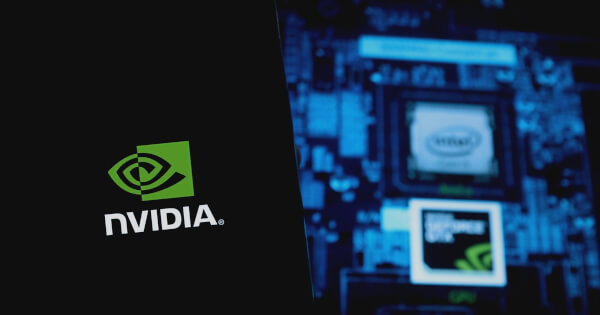NVIDIA Launches Secure AI General Availability with Enhanced Protection for Large Language Models
Joerg
Hiller
Apr
23,
2025
15:28
NVIDIA
announces
the
general
availability
of
its
Secure
AI
solution,
focusing
on
protecting
large
language
models
with
enhanced
security
features.
NVIDIA
has
officially
announced
the
general
availability
of
its
Secure
AI
solution,
a
move
aimed
at
bolstering
the
security
of
large
language
models
(LLMs)
as
enterprises
increasingly
adopt
AI
for
training
and
inference
purposes.
The
announcement,
made
by
Emily
Sakata
on
the
NVIDIA
Developer
Blog,
underscores
the
necessity
of
protecting
sensitive
data
and
intellectual
property
in
AI
operations.
Enhanced
Security
Features
The
Secure
AI
release
introduces
several
key
features
designed
to
enhance
data
protection.
One
of
the
standout
features
is
the
Protected
PCIe
(PPCIE)
mode,
which
safeguards
multi-GPU
configurations
within
a
Confidential
Virtual
Machine.
This
mode
marks
a
significant
shift
from
the
previous
single
GPU
configuration,
offering
more
robust
security
for
complex
AI
workloads.
Additionally,
NVIDIA
has
removed
NV
Link
encryption
to
improve
performance
without
compromising
security.
Changes
in
attestation
processes
further
ensure
that
both
GPUs
and
switches
are
securely
configured
in
PPCIE
mode.
Importance
of
Data
Security
In
today’s
digital
landscape,
securing
data
is
paramount.
Businesses
generate
vast
amounts
of
data
that
hold
significant
potential
and
value.
While
traditional
security
measures
have
focused
on
data-in-motion
and
data-at-rest,
NVIDIA’s
Confidential
Computing
(CC)
addresses
the
often
overlooked
need
to
protect
data
in
use.
This
approach
prevents
unauthorized
access
and
modifications,
ensuring
that
sensitive
information
remains
secure.
Hardware
and
Software
Requirements
The
Secure
AI
solution
is
compatible
with
NVIDIA
H100
and
H200
Tensor
Core
GPUs,
integrated
within
an
HGX
8-GPU
system.
For
optimal
performance,
systems
should
also
feature
CPUs
that
support
a
trusted
execution
environment
(TEE),
such
as
AMD
SEV-SNP
and
Intel
TDX
technologies.
Supported
CPUs
include
AMD’s
EPYC
Milan
and
Genoa
series,
as
well
as
Intel’s
5th
and
6th
generation
Xeon
scalable
processors.
The
solution
also
requires
the
latest
NVIDIA
driver
(CUDA
12.8
Data
Center
Driver)
and
firmware,
and
is
compatible
with
hypervisors
like
Microsoft
Azure
Hyper-V
and
KVM.
Supported
operating
systems
include
Ubuntu
25.04
for
AMD
and
Ubuntu
24.04
with
patches
for
Intel.
General
Availability
and
Resources
With
the
release
of
CUDA
12.8,
support
for
PPCIE
is
now
generally
available,
allowing
enterprises
to
leverage
full
8-GPU
performance
with
the
latest
security
enhancements.
For
detailed
deployment
guidance,
NVIDIA
provides
extensive
documentation
and
resources,
which
can
be
accessed
directly
through
their
official
site.
For
further
insights
into
NVIDIA’s
security
offerings,
including
their
Confidential
Computing
solutions,
interested
parties
can
explore
the
comprehensive
resources
available
on
the
NVIDIA
Trusted
Computing
Solutions
page.
For
more
detailed
information,
visit
the
NVIDIA
Developer
Blog.
Image
source:
Shutterstock

Comments are closed.